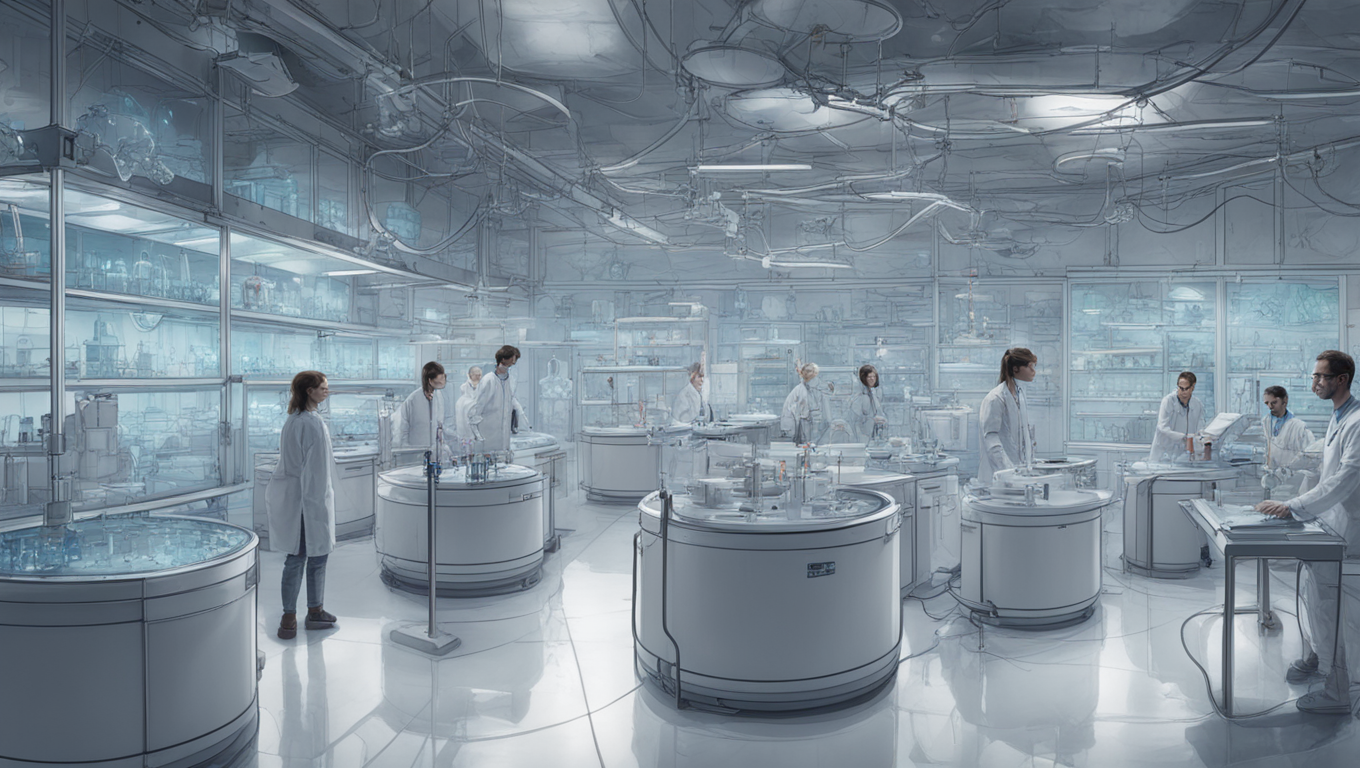In a groundbreaking discovery, scientists have harnessed the power of artificial intelligence (AI) to uncover new antibiotics that can combat drug-resistant bacteria. It’s a significant milestone, considering that it has been 60 years since the last new antibiotics were developed. This breakthrough brings hope in the fight against antibiotic resistance, which has become a global health crisis.
The research team, led by James Collins, a professor of Medical Engineering and Science at MIT, utilized a deep-learning model to predict the activity and toxicity of a new compound. Deep learning involves using artificial neural networks to learn and represent features from data without explicit programming. It has increasingly been employed in drug discovery to accelerate the identification of potential drug candidates and optimize the drug development process.
The focus of this study was on methicillin-resistant Staphylococcus aureus (MRSA), a bacterium responsible for a range of infections, from mild skin infections to life-threatening conditions like pneumonia and bloodstream infections. In the European Union alone, nearly 150,000 MRSA infections occur annually, resulting in approximately 35,000 deaths.
To train their deep learning model, the researchers evaluated around 39,000 compounds for their antibiotic activity against MRSA. The data obtained, coupled with information on the chemical structures of the compounds, was fed into the model. This approach allowed them to identify compounds with the potential to effectively combat MRSA while minimizing harm to the human body.
The team then employed three additional deep-learning models that assessed the toxicity of the compounds on different types of human cells. By integrating these toxicity predictions with the antimicrobial activity data, the researchers zeroed in on compounds that exhibited promising properties.
After screening approximately 12 million commercially available compounds using their models, the researchers identified compounds from five different classes that showed predicted activity against MRSA. They acquired around 280 of these compounds and conducted tests in a laboratory setting. Two compounds from the same class stood out as promising antibiotic candidates.
In further experiments involving mouse models for MRSA skin infection and systemic infection, these compounds demonstrated significant antibacterial activity. Each compound reduced the MRSA population by a factor of 10.
This groundbreaking research not only highlights the potential of AI in drug discovery but also offers a deeper understanding of the mechanisms underlying the effectiveness of these antibiotics. Felix Wong, a postdoc at MIT and Harvard involved in the study, expressed the importance of unveiling the inner workings of these models, stating, “What we set out to do in this study was to open the black box. These models consist of very large numbers of calculations that mimic neural connections, and no one really knows what’s going on underneath the hood.”
The researchers' success bodes well for the future of antibiotic development. As antibiotic resistance continues to emerge as a pressing global issue, the ability to harness AI to expedite the discovery of new antibiotics brings hope in the fight against drug-resistant bacteria.
Collins summarized the significance of their work, stating, “Our work provides a framework that is time-efficient, resource-efficient, and mechanistically insightful, from a chemical-structure standpoint, in ways that we haven’t had to date.”
With this revolutionary discovery, we inch closer to a future where AI plays a crucial role in combating drug-resistant bacteria, opening up new possibilities for overcoming one of the greatest challenges in modern medicine.





Use the share button below if you liked it.